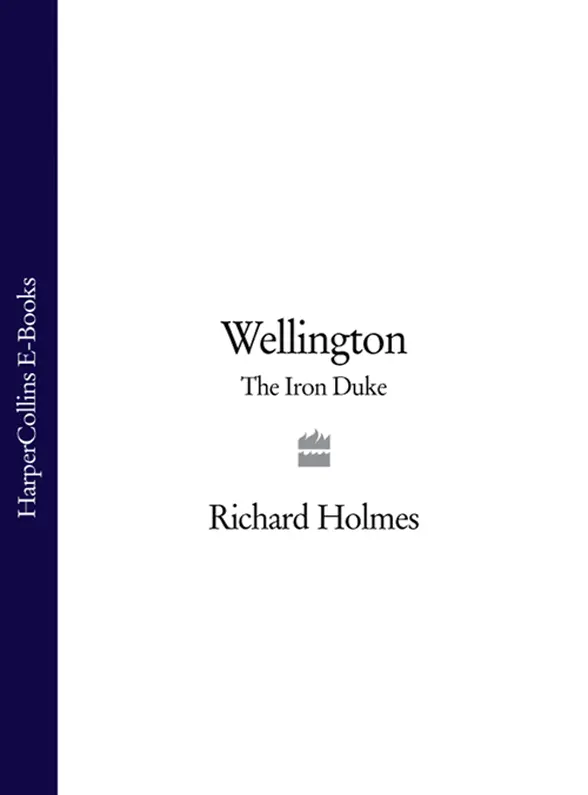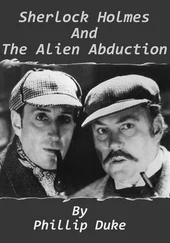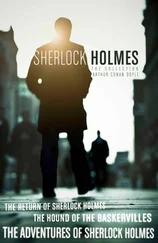
RICHARD HOLMES

Cover
Title Page WELLINGTON THE IRON DUKE RICHARD HOLMES
Introduction
A Solitary Life
Sepoy General
False Starts
Peninsula
Two Restorations and a Battle
Pillar of the State
Envoi
References
Index
About the Author
Other Works
Copyright
About the Publisher
I was the sort of boy who had heroes, and long before I ever dreamt of becoming a military historian, the Duke of Wellington was firmly enshrined in my personal pantheon. He seemed to have every virtue: he never lost a major battle, made war on soldiers not civilians, understood grubby logistics just as well as the rather more dashing tactics, and set the seal on his military career by defeating Napoleon, the towering genius of his age. And as someone often forcefully reminded of the couplet;
Duty, duty, must be done
The rule applies to everyone
I admired the duke’s iron sense of duty. ‘Nobody else will do it,’ he complained in his declining years. ‘The Duke of Wellington must. ’ 1 He was a beau, but a restrained one. When my own idea of understated elegance consisted of clean jeans and a black cashmere roll-neck, I applauded the duke’s eschewing scarlet and gold braid in favour of a trim blue frock coat and the eponymous boots. He was brave, showing physical courage on a dozen battlefields, and moral courage throughout a long political career. Like many young men, I saw bravery as the ultimate virtue. There was also an attraction in his manly vices. What adolescent would not be impressed by a man described by one of Napoleon’s mistresses as a good deal more vigorous than the emperor himself?
Lastly, he was master of the crisp aphorism; something I often sought but rarely found. He told the politician and diarist John Wilson Croker that: ‘All the business of war, and indeed all the business of life, is to endeavour to find out what you don’t know by what you do; that’s what I called “guessing what was on the other side of the hill”.’ 2 When a gentleman mistook him for George Jones the painter (who did indeed resemble the duke), and accosted him in the street with ‘Mr Jones, I believe?’ he responded: ‘If you believe that, you’ll believe anything.’ 3 The young Queen Victoria was upset to discover that sparrows were ruining the exhibits in the Great Exhibition of 1851, but could not be shot because the great building was made of glass. ‘Try sparrow-hawks, Ma’am,’ suggested Wellington. And when a publisher demanded payment to avoid Wellington being mentioned in the memoirs of a former mistress, he riposted: ‘Publish and be damned.’ 4 Even though he sometimes reviled his men as ‘the scum of the earth’, his essential compassion burst out when he admitted after Waterloo that: ‘Nothing except a battle lost can be half so melancholy as a battle won.’
But as I grew older and looked harder at the evidence, there were an awful lot of cracks in the ducal portrait. Wellington was not invincible. He was roundly beaten in a scrambling night attack at Sultanpettah Tope outside the Mysore fortress of Seringapatam in 1799 – it left such a lasting impression on him that, forty years later, he could still draw a sketch-map of the action. Critics suggested that he might have been court-martialled had his brother not been governor-general of India at the time, and this was not the last occasion when his well-placed political connections proved useful. In 1812 he botched the siege of Burgos – ‘the worst scrape that ever I was in’ – and on the retreat he railed against ‘the habitual inattention of the Officers of the regiments to their duty’, leaving many of them with lasting resentment of his ingratitude. 5 Indeed, Lieutenant William Grattan of the 88 thRegiment (Connaught Rangers) complained that ‘the never-to-be forgotten service of that wonderful army’ was treated ‘in a scandalous manner’ by Wellington. 6 Ensign John Mills of the Coldstream Guards thought that his dispatches were dishonest:
I have learnt one thing since I came to this country, and that is to know how easily England is duped; how completely ignorant she is of the truth of what is going on here … At Fuentes the French completely turned our right; Lord Wellington in his dispatch slightly notices it, and would lead you to think that the troops on the right were withdrawn rather than, as was the case, driven in; and then they give him what he himself never dreamt of claiming, a victory. 7
Wellington’s reprimands were scathing and not always just. In 1811, Lieutenant Colonel Bevan of the 4 thRegiment was so distressed by being unfairly blamed by the duke for the escape of the French garrison of Almeida that he shot himself. He was also something of a snob, preferring talent with a title to talent without. He often privately expressed contempt for his allies, and the German historian Peter Hofschröer has established at least a prima facie case against him for dealing dishonestly with the Prussians at Waterloo. A strong thread of harshness ran through his character: Paddy Griffith observed that he ‘could be a ferocious commander even by the standards of a ferocious profession in a ferocious age’. In 1813 he told a subordinate at the siege of Pamplona that ‘you may shoot the governor and his officers, and decimate the rank and file’, and he regretted not shooting the garrison of Ciudad Rodrigo when he stormed the place in 1812 (technically permissible within the laws of war as they then stood), because killing one garrison would have discouraged others. 8 He was steadfastly opposed to the abolition of flogging in the army, and consistently argued against commissioning officers from the ranks. While his political career had its moments of triumph, he never fully grasped the realities of his age, and by setting his face firmly against parliamentary reform, he was condemned to defend a position that was ultimately untenable.
So, despite the tendency of some historians to place Wellington ‘on a pedestal so high that his human qualities and failings have been all but lost to view’, it is clear that the picture is infinitely more complex. 9 I approached this book and the BBC television series it accompanies determined to rub away as much of the varnish as I could; to try to get as close to the real Wellington as he (and some of his biographers) would let me. I went back to sources I had not used for years – Lieutenant Colonel John Gurwood’s Dispatches of Field Marshal the Duke of Wellington , a volume with almost a thousand tightly-written pages, sits in beautifully bound splendour on my desk – and I visited as many Wellingtonian battlefields as I could. Some, like the overcrowded Waterloo and the wide-open Salamanca, I already knew. But there were others I did not, and amongst them I found Assaye, scene of Wellington’s victory over the Marathas in 1803, the most striking. Indeed, travelling by road in India at the tail of the monsoon told me just as much about the man as The Maratha War Papers of Arthur Wellesley . Conditions were so bad that our smart four-wheel drive vehicles were no use, and we took to a hastily borrowed tractor and trailer, all helping to push when it became stuck in the mud. If the climate on the Indian subcontinent struck few chords with Spain, parts of the terrain were strikingly similar: a commander who could cope with the Western Ghats would be well prepared for Extremadura.
Читать дальше














